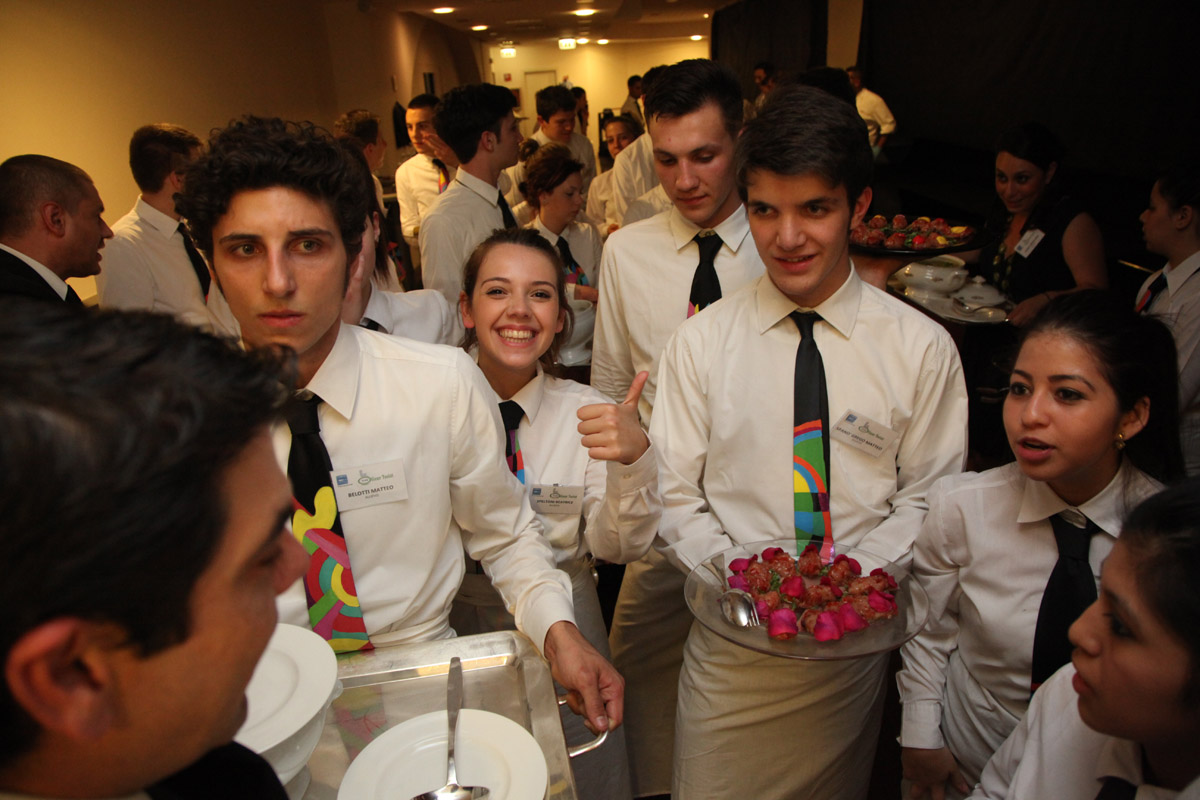Research has shown that students who are required to teach something learn concepts better than if they are taught the material in conventional ways. In other words, teaching is a more effective learning strategy than being taught, and it makes sense to use this principle in the classroom to increase learning. Pairing students at learning tasks is more effective than having students work alone (a good reason for having lab partners in the natural sciences).
Peer teaching can easily be incorporated in most classes. For example, you could make an assignment in which students must prepare their own questions on the main points of a reading selection; in class, have students work in pairs or small groups, alternately asking and answering questions they have prepared.
During the session, you can move from group to group, giving feedback and asking and answering questions yourself. Students are more willing to share their views in small groups and often develop deeper insights about the material than they would working alone.
In math-related courses, students could be required to make up original problems to solve (after completing a regular homework assignment). Instead of the dreary oral report so often used in social science classes, why not require students to prepare a lesson on the topic? Their grades could depend, in part, on how well the class answers test questions on that topic. Exercise caution in using this strategy, however, for undergraduates not only need instructions about how to teach a lesson, they also should know the criteria you will use for evaluating their performance.


